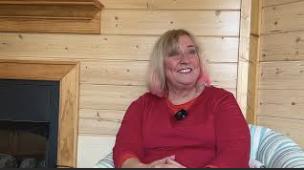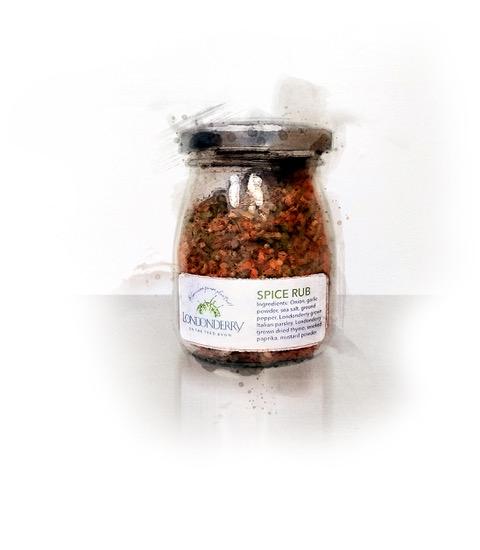It wasn’t hard for Irma Toce, the CEO of Londonderry on the Tred Avon, to answer why she was wearing pink streaks in her hair last week when the Spy sat down here for our “Ask Irma” series.
For years, Irma, her senior management team, and more than a few residents of Londonderry have been showing solidarity with people living with breast cancer in October by adding a little pink, the official color of the Breast Cancer Awareness month on Octobere, to their coiffures. With the help of the on-site hairdresser at the Easton-based retirement community, Irma and her team use that extra tint to prompt conversations about this dreaded cancer and how important it is for women (and increasingly certain men) to undergo breast screenings regularly.
In our conversation with Irma, she talks personally about a close cousin now battling breast cancer and how important it is for the community to understand its impact, the advancement in treatment, and how easy it is to test for the condition.
This video is approximately 3 minutes in length. For more information about the UMMS Clark Comprehensive Breast Center in Easton please go here. For Londonderry on the Tred Avon please go here.




 Visitors to Londonderry on the Tred Avon will now take home their own jar of Londonderry’s spice rub.
Visitors to Londonderry on the Tred Avon will now take home their own jar of Londonderry’s spice rub.